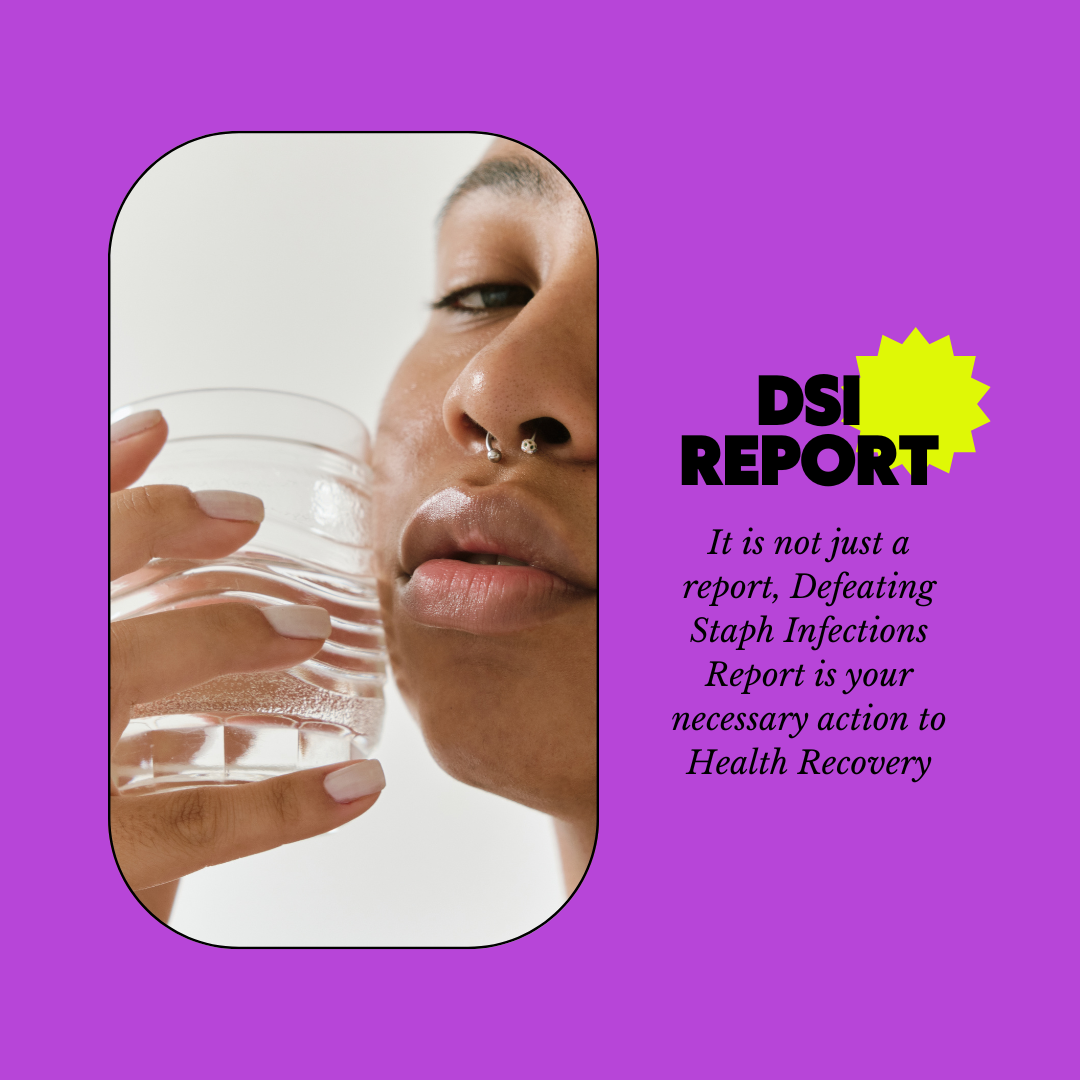How can patient isolation help control Staphylococcus outbreaks in healthcare facilities?
Patient isolation is a critical infection control strategy used in healthcare facilities to manage and control outbreaks of infections, including those caused by Staphylococcus, particularly Methicillin-resistant Staphylococcus aureus (MRSA). Isolating patients who are infected or colonized with these bacteria helps minimize the spread to other patients, healthcare workers, and visitors. Here’s how patient isolation contributes to controlling Staphylococcus outbreaks:
1. Limiting Spread of Pathogens:
By isolating patients with Staphylococcus infections, particularly MRSA, healthcare facilities can prevent the bacteria from being transferred to other patients and staff. This is particularly important in hospitals where many vulnerable patients with weakened immune systems are at high risk of contracting infections.
2. Dedicated Care and Equipment:
Patients in isolation are often treated with dedicated equipment and sometimes by a dedicated staff team. This reduces the risk of cross-contamination through shared medical equipment or personnel movement between patients.
3. Use of Personal Protective Equipment (PPE):
Isolation protocols generally require healthcare workers and visitors to wear appropriate personal protective equipment (PPE) such as gloves, gowns, and sometimes masks or face shields when entering an isolated patient’s room. This practice further reduces the risk of transmission.
4. Enhanced Hygiene Practices:
Isolation rooms are subject to strict cleaning and disinfection protocols to prevent Staphylococcus and other pathogens from surviving in the environment and being transmitted to others. This includes the use of hospital-grade disinfectants on all surfaces and frequent sanitization.
5. Controlled Patient Interaction:
Isolation helps control the interactions that patients have with others. Visitor restrictions are often implemented, and movement of isolated patients outside their room is minimized to essential medical purposes only, reducing the chances of spreading the infection to communal areas.
6. Targeted Decolonization Efforts:
In some cases, patients who are carriers of MRSA may undergo decolonization procedures, which involve applying antibiotic ointment inside the nostrils and using antiseptic washes on the body to eradicate the bacteria. Conducting these procedures in an isolated environment ensures that the bacteria do not spread to others during the process.
7. Educational Opportunities:
Isolation provides an opportunity to educate both the patient and healthcare providers about infection control practices specific to Staphylococcus. This education can improve compliance with hygiene practices both within and outside the healthcare setting.
8. Monitoring and Evaluation:
Isolating patients allows for easier monitoring of their condition and the effectiveness of the treatment and infection control measures. Healthcare providers can quickly adjust treatment plans and containment strategies as needed.
Implementing isolation measures effectively requires careful planning, adequate resources, and training for all healthcare personnel involved. These measures, while sometimes restrictive, are essential for controlling the spread of highly contagious and potentially dangerous pathogens like Staphylococcus within healthcare facilities, thereby protecting both patient and public health.






Post a Comment